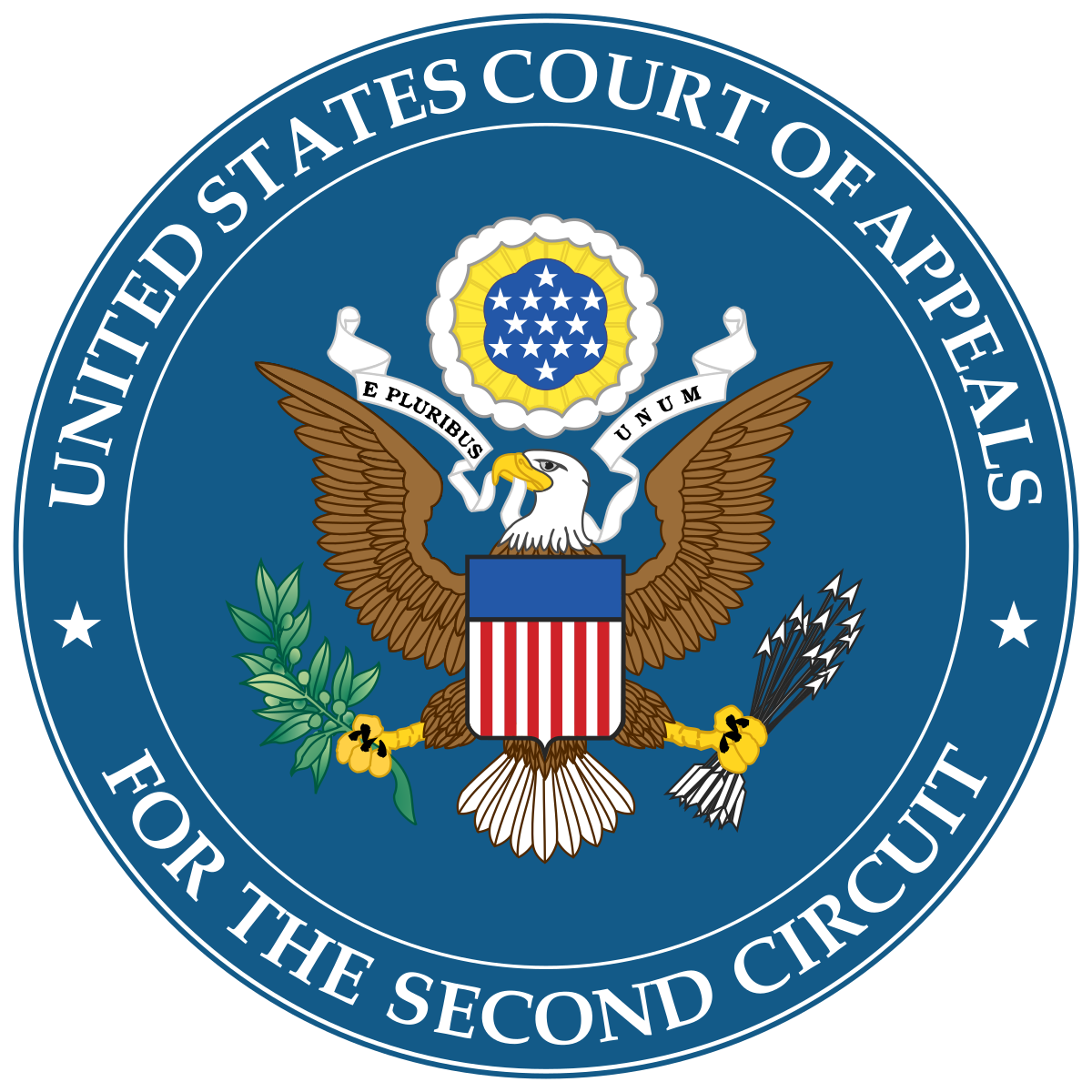Originally published on Forbes.com June 25th, 2014
The idea that you can use a simple rule of thumb to value a facade easement has now been thoroughly put to rest. That is my reading of the Second Circuit’s second decision in the case of Huda Scheidelman. Ms. Scheidelman had donated a facade easement on her brownstone in the Fort Greene Historic District in Brooklyn to the National Architectural Trust. According to this story by Janet Novack NAT was sued by the federal government in 2011 for being somewhat overzealous in promoting facade easement charitable deductions. Unlike the Son of Boss deals promoted by KPMG and other large national firms, a charitable deduction for a facade easement is fundamentally sound in principle and also cannot be hidden in thickets of multiple entity tax returns. So nobody is going to jail over these deals – just a lot of disappointed taxpayers and some stiff penalties.
Facade easements in the city and conservation easements in the country work on the same principle. You give up your right to make certain types of changes to your property and get a charitable deduction for the resulting reduction in value. Although you will find people being denied the deduction because of defects in the easement or issues about the organization that they donated to, the main problem is valuation. There is not nearly enough buying and selling of easements to value them directly. Instead, you have to value the property both with and without the easement and the value of the easement is the difference.
There is a problem with that approach. Typically the property is being used in the same manner both before and after the easement. So what you are giving away is the potential to do something that you might have done. In some of the conservation easement cases, the appraisers got quite creative with hypothetical vineyards and gravel mines. The problem with townhouses in historic districts in neighborhoods like Fort Greene or TriBeCa in Manhattan or the South End in Boston is that there are usually already many restrictions in place on your ability to change the facade. So giving a facade easement on a property like that is a little bit like me renouncing my superpowers.
The approach that NAT ended up promoting was to use a percentage valuation that had been accepted in other cases. If that had worked, it would have ended up being circular reasoning as each valuation in the 10% range would reinforce the notion that that was the correct valuation. You could see why they would want to do it this way. It made planning much easier. Once tax advisors grasped the concept, they could easily see how it would apply to their clients. Pay something like 1% of the value of your property to a group like NAT and you get a charitable deduction for 10% +/- of its value. The thing that did not fully register with some people was that in order for the donation to be legitimate the value of your property should actually go down by 10%.
Ms. Scheidelman had purchased her townhouse in 1997 for $255,000. She contacted NAT in 2003. NAT recommended that she hire Michael Drazner to value the easement. He came in with an easement valuation of $115,000.
The IRS challenged the deduction indicating that the appraisal was not a “qualified appraisal”. The Tax Court agreed. The Second Circuit disagreed with the Tax Court and sent the case back, indicating that the appraisal had all the elements necessary to inform the IRS of how the valuation was arrived at. This was cheered in the preservation community as a major victory as this piece by Robert Wood indicates.
The celebration was premature. When the case came back to the Tax Court, it found that Drazner’s appraisal being qualified did not make it right. Drazner had arrived at the valuation by applying an 11.33% discount to the fair market value of $1,015,000 (Apparently the townhouse had appreciated mightily or been much improved since 1997). There was no dispute as to the pre-easement valuation, but IRS and the Tax Court objected to the discount methodology.
The conclusion was not based on qualitative factors for the Vanderbilt property or the specific attributes of that property but was based on mechanical application of a percentage with no demonstrated support as to its derivation, other than acceptance of similar percentages in prior controversies.
This time the Second Circuit is backing up the Tax Court. It agreed that both appraisals presented by the taxpayer were flawed. Most interesting to me was that it noted that even NAT had been asserting that the easement did not really detract from the property’s value when it was in their interest to do so.
As the Trust assured one of Scheidelman’s mortgagors (in seeking consent to the easement), “s a practical matter, the easement does not add any new restrictions on the use of the property because the historic preservation laws of the City of New York already require a specific historic review of any proposed changes to the exterior of this property.”
Jessica Owley in the Land Use Prof Blog covered the decision noting
My favorite line of the Second Circuit (per curiam) opinion is the statement that conservation easements do not represent a per se reduction in fair market value and in fact may even serve to enhance property value.
It would be interesting if the logic of these decisions were to be applied to family limited partnership valuation discounts, but that does not seem to be on the horizon.
You can follow me on twitter @peterreillycpa.
































































































Trackbacks/Pingbacks